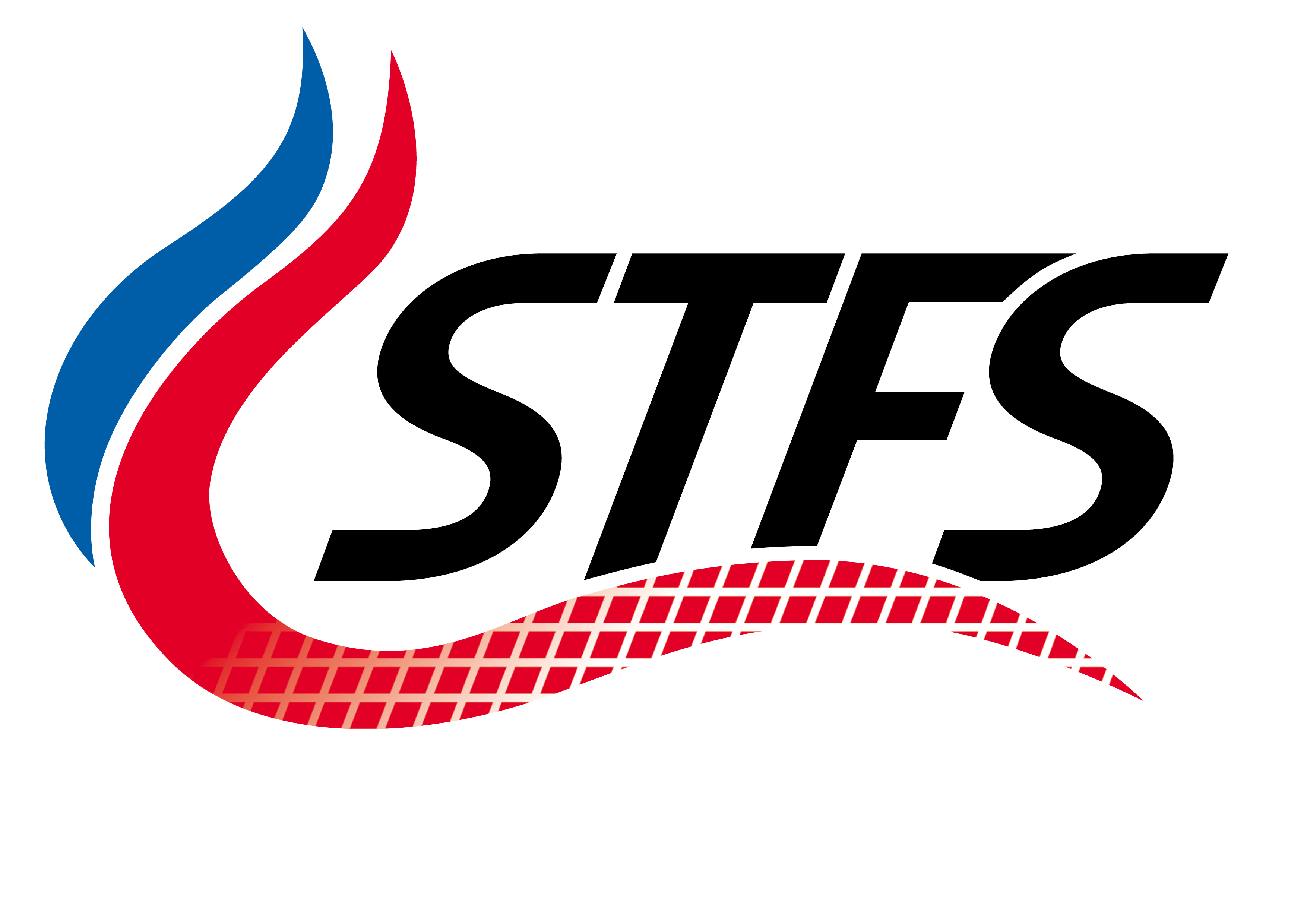Flame propagation in nonvolatile iron fuel suspensions
Some first steps to understand the fascinating physics of the so-called discrete mode
2024/01/29 by Prof. Dr.-Ing. Christian Hasse
I am extremely proud that we were able to make important progress. In two recent papers in Combustion and Flame, we have investigated the case of weak (part 1, small Péclet number) and strong convection effects (part 2, large Péclet number).

Both papers are now online:
Scientific challenge:
One of the things that fascinates me most about metal flames is the so-called discrete mode of flame propagation. This differs significantly from the continuous mode that we observe in gaseous flames. The macroscopic flame propagation is directly governed by the microscopic ignition and combustion of individual particles, which has been demonstrated in impressive micro-gravity experiments. An excellent review article on flame propagation in nonvolatile solid fuel suspensions has recently been published by Samuel Goroshin, Jan Palečka and Jeff Bergthorson.
Our long-term aim:
Our goal in Clean Circles is to comprehensively understand and model these effects for micrometer-sized iron particles. The challenge is huge: starting from the fully resolved simulation of laminar flames up to the large eddy simulation of turbulent flames.
Our contribution:
We simulated ignition and flame propagation in particle rows with fully resolved boundary layers around the particle. We wanted to better understand the transitions between the regimes, and how this is related to the particle diameter and the local equivalence ratio. We have summarized this in a new regime diagram (see figure below from part 2).
However, this was only the first step on the way to comprehensive particle models for the discrete regime. Next on the agenda are more complex multidimensional configurations, the influence of turbulent fluctuations, different atmospheres, etc. Stay tuned.


